I can't extract the detected regions by MSER in this image:
What I want to do is to save the green bounded areas. My actual code is this:
import cv2
import numpy as np
mser = cv2.MSER_create()
img = cv2.imread('C:\\Users\\Link\\img.tif')
gray = cv2.cvtColor(img, cv2.COLOR_BGR2GRAY)
vis = img.copy()
regions, _ = mser.detectRegions(gray)
hulls = [cv2.convexHull(p.reshape(-1, 1, 2)) for p in regions]
cv2.polylines(vis, hulls, 1, (0, 255, 0))
mask = np.zeros((img.shape[0], img.shape[1], 1), dtype=np.uint8)
mask = cv2.dilate(mask, np.ones((150, 150), np.uint8))
for contour in hulls:
cv2.drawContours(mask, [contour], -1, (255, 255, 255), -1)
text_only = cv2.bitwise_and(img, img, mask=mask)
cv2.imshow('img', vis)
cv2.waitKey(0)
cv2.imshow('mask', mask)
cv2.waitKey(0)
cv2.imshow('text', text_only)
cv2.waitKey(0)
Expected result should be a ROI like image.
Source image:


